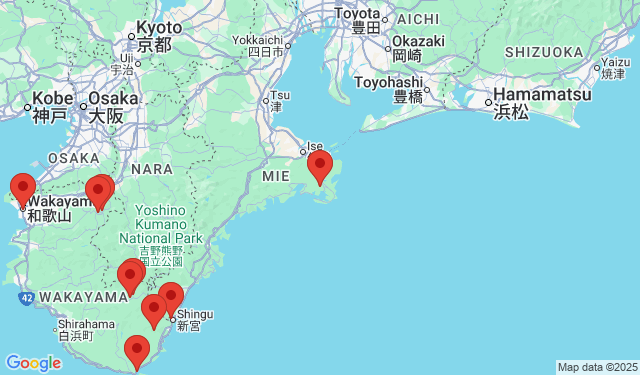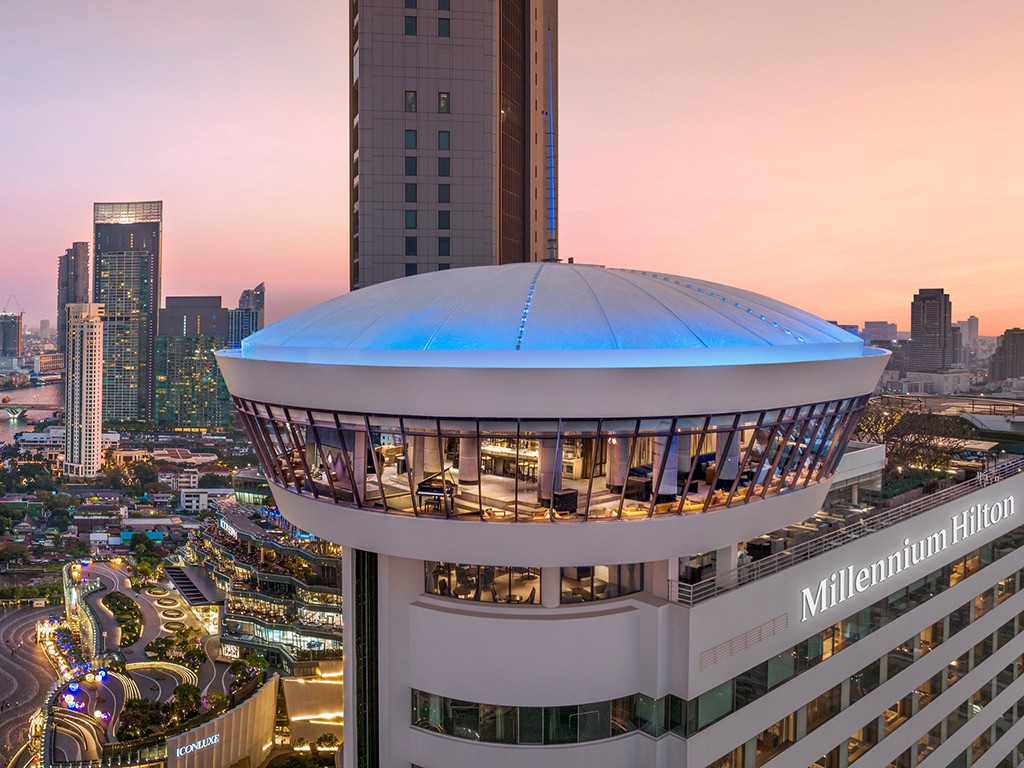
Day3 Wakayama-Trip
 98
98
Yokoyama View Point (横山展望台, Yokoyama Tenbodai) is a celebrated scenic spot in Ise-Shima National Park, offering spectacular views across Ago Bay, a ria coastline famous for its winding inlets, small islands, and shimmering pearl cultivation rafts.
The main deck, known as the “Heavenly Walk” (Tenku no Asobidai), creates the impression of floating over the sea and is ideal for photograph... read more
The main deck, known as the “Heavenly Walk” (Tenku no Asobidai), creates the impression of floating over the sea and is ideal for photograph... read more
Kumano Hayatama Taisha Shrine is one of the three grand Kumano shrines known collectively as Kumano Sanzan, alongside Kumano Hongu Taisha and Kumano Nachi Taisha. Together, these sacred sites are registered as a UNESCO World Heritage Site under the title “Sacred Sites and Pilgrimage Routes in the Kii Mountain Range” (Kumano Kodo Pilgrimage Routes) — one of Japan’s mo... read more
Ōyunohara Ōtorii is a giant and sacred torii gate located at Ōyunohara, the original site of Kumano Hongū Taisha, one of the three main shrines along the world-famous Kumano Kodo pilgrimage route.
Originally, Kumano Hongū Taisha was built on a sandbank at the confluence of the Kumano, Otonashi, and Iwataki Rivers. In 1889, a massive flood destroyed most of the shrine buildings, prompting the reloc... read more
Originally, Kumano Hongū Taisha was built on a sandbank at the confluence of the Kumano, Otonashi, and Iwataki Rivers. In 1889, a massive flood destroyed most of the shrine buildings, prompting the reloc... read more
Center of Kumano Sanzan: Kumano Hongū Taisha is one of the three grand shrines of Kumano, along with Kumano Hayatama Taisha and Kumano Nachi Taisha. All ancient Kumano Kōdō pilgrimage routes converge here. For centuries, pilgrims of all classes—including emperors and commoners—traveled this challenging path seeking spiritual rebirth.
Current Shrine (Main Hall): The main hall features b... read more
Current Shrine (Main Hall): The main hall features b... read more
Yunomine Onsen is a legendary hot spring village in Wakayama Prefecture, renowned as one of the oldest in Japan with a history dating back 1,800 years. It was once an essential purification site for pilgrims traveling along the sacred Kumano Kodo trails before visiting the grand Kumano shrines.
The most iconic feature is Tsuboyu, a small wooden bath designated as a UNESCO World Heritage Site, wher... read more
The most iconic feature is Tsuboyu, a small wooden bath designated as a UNESCO World Heritage Site, wher... read more

























